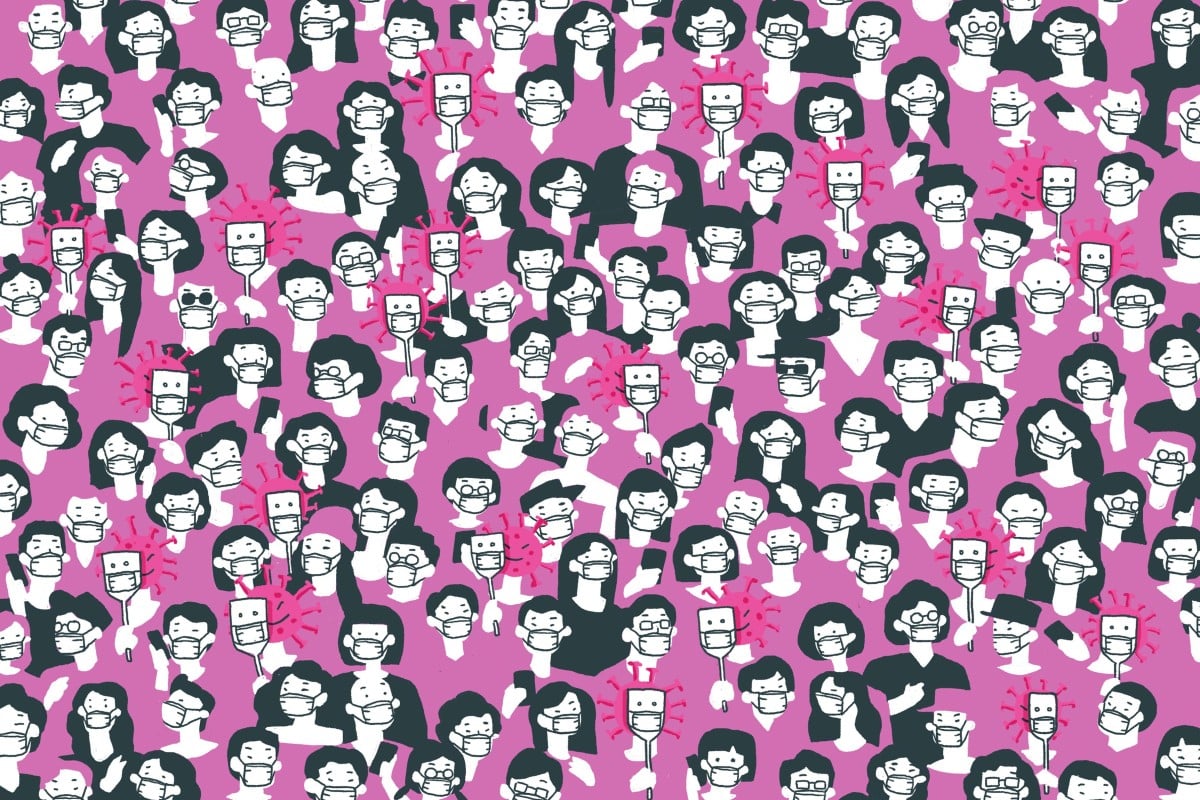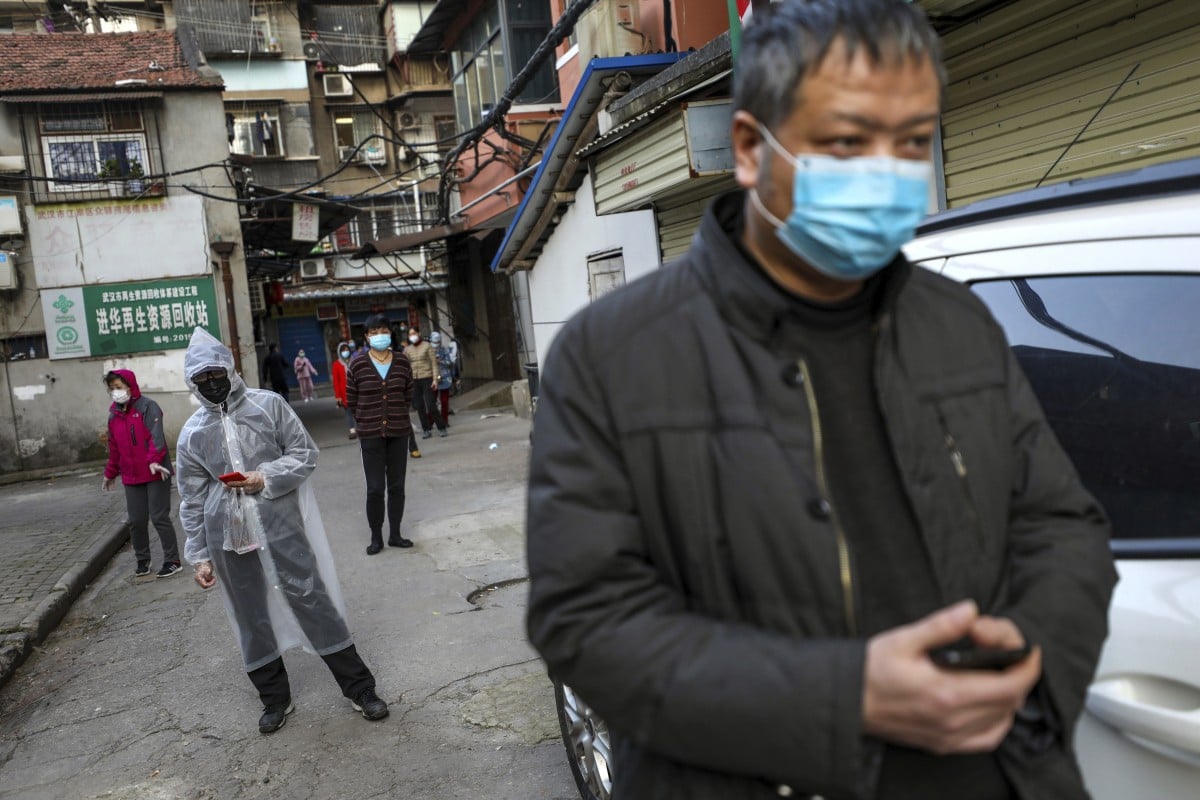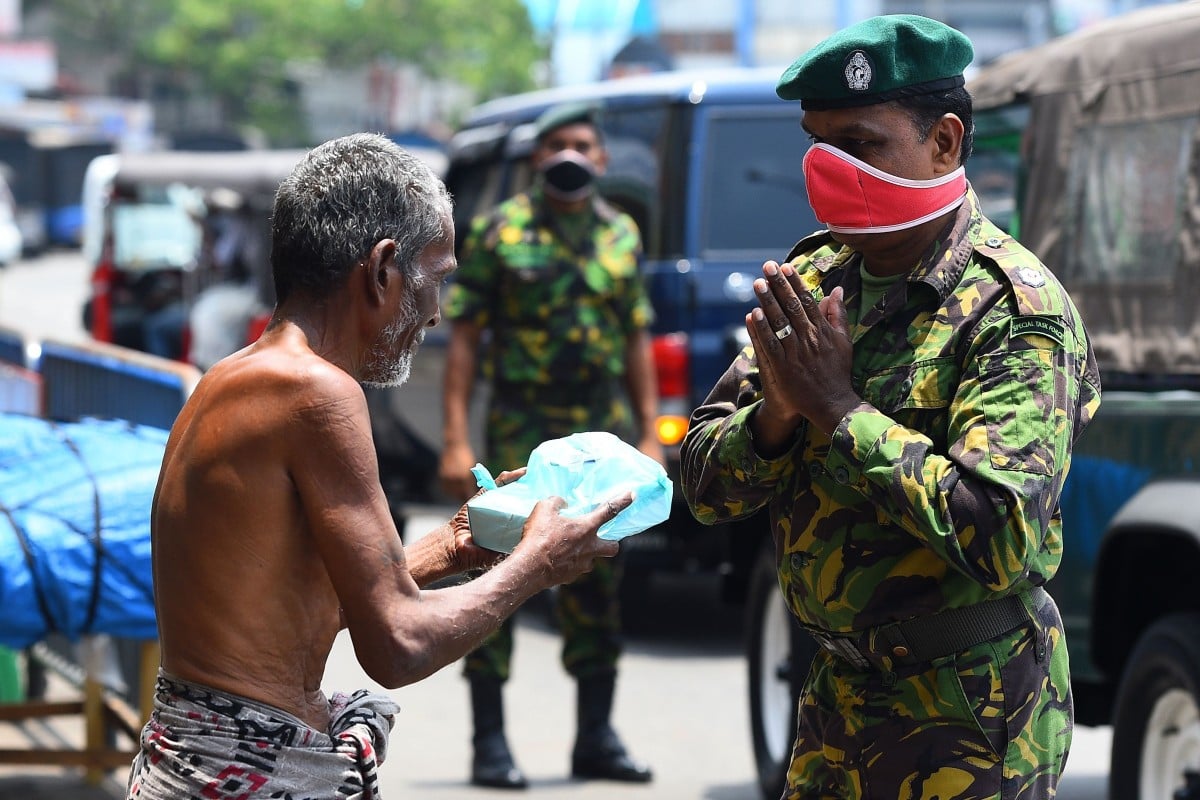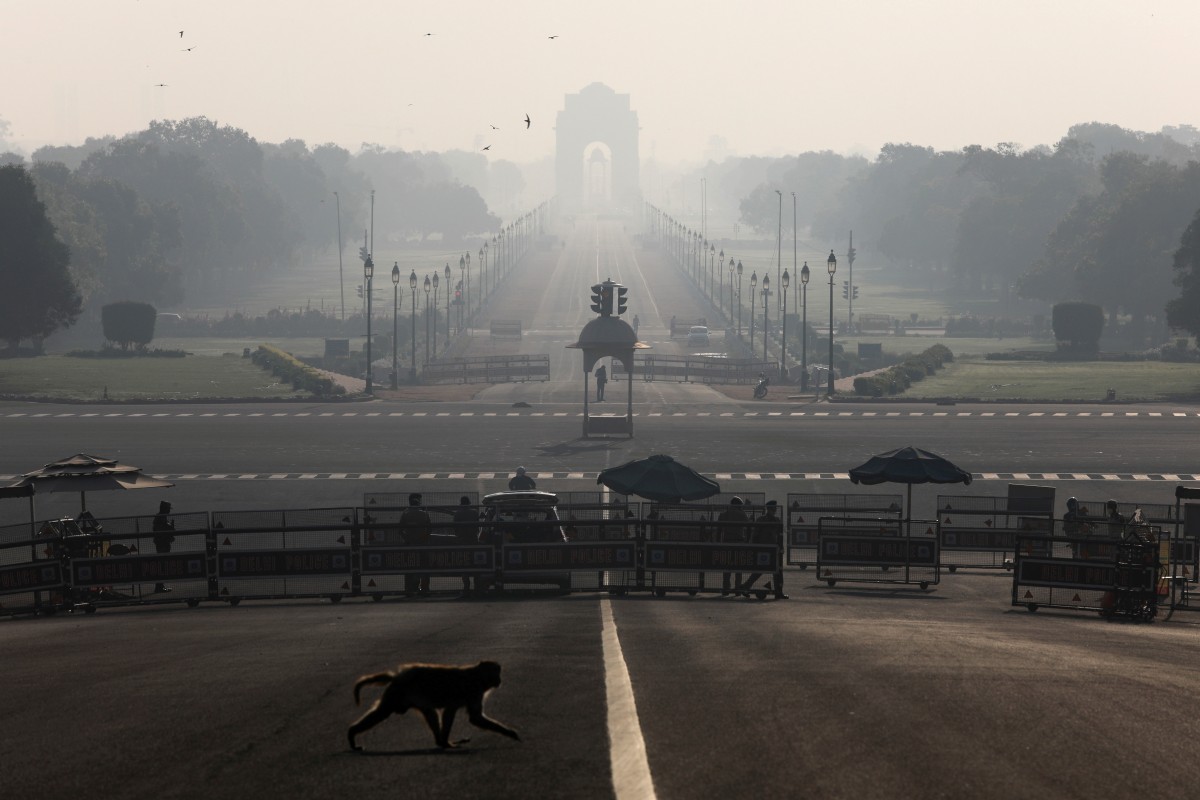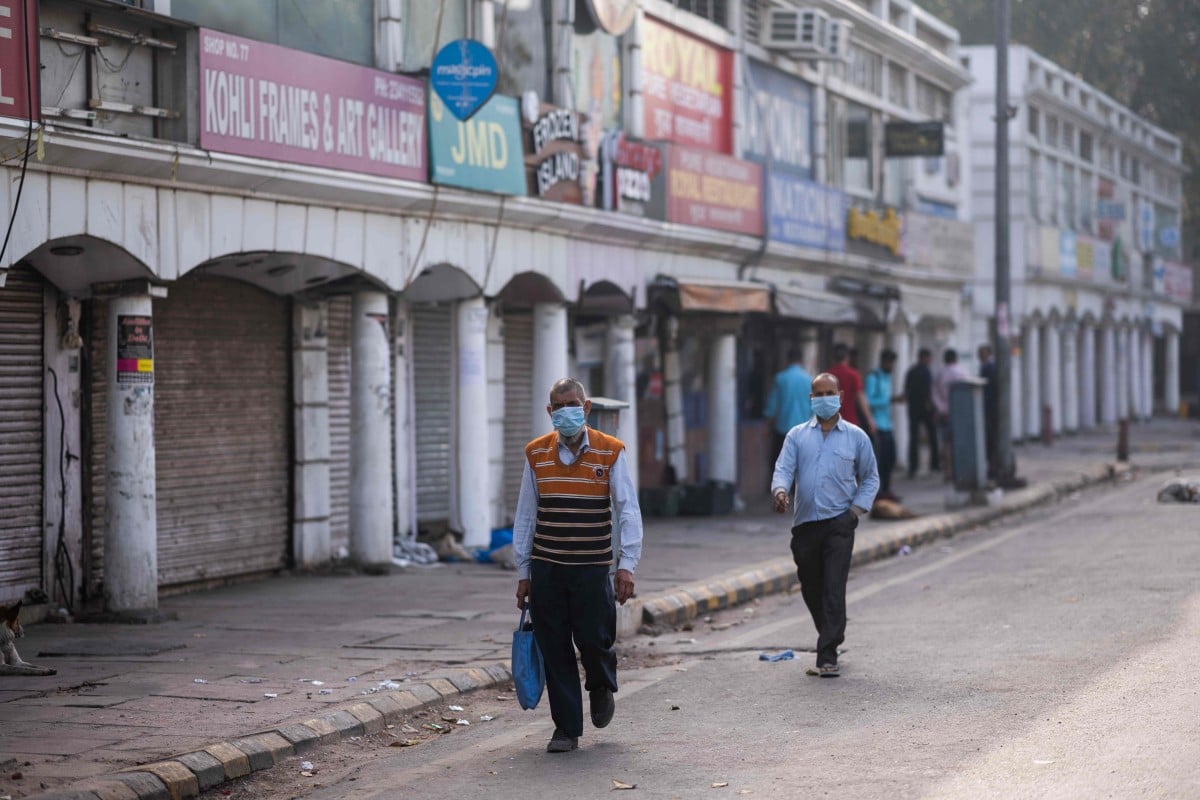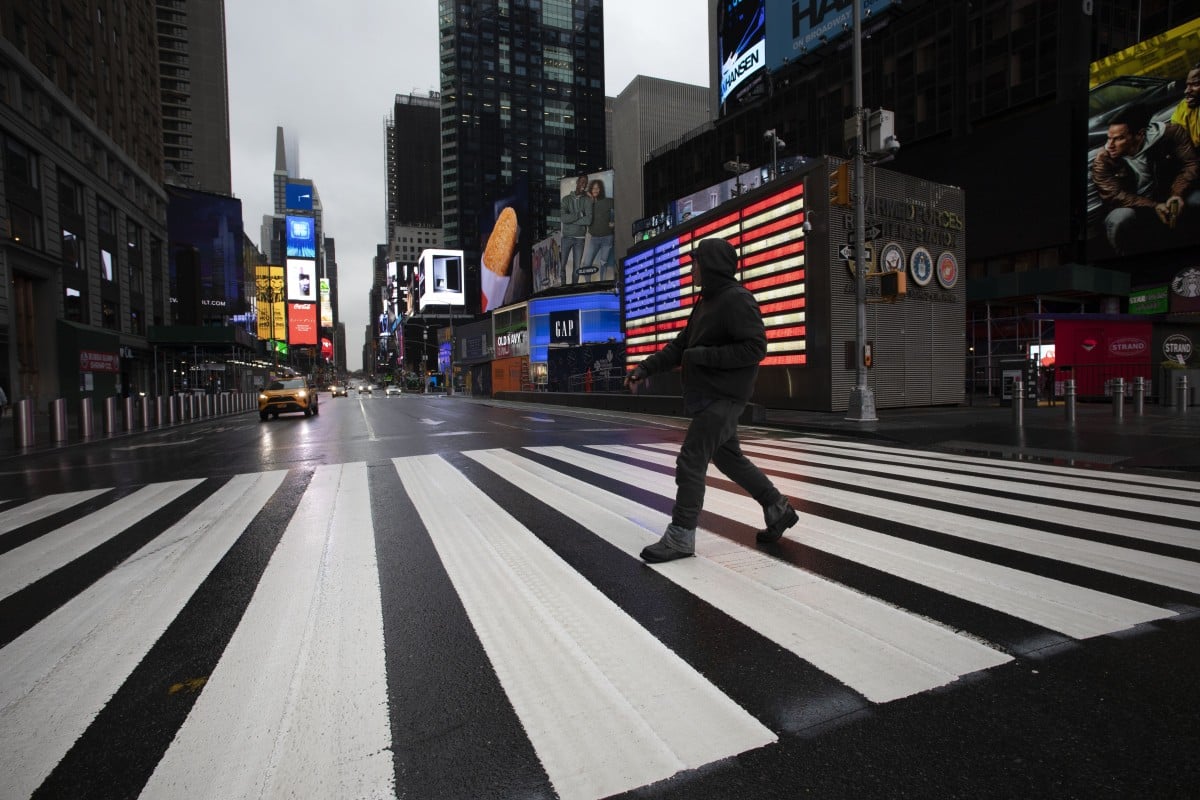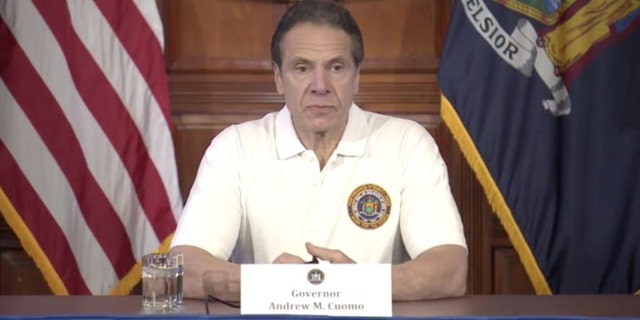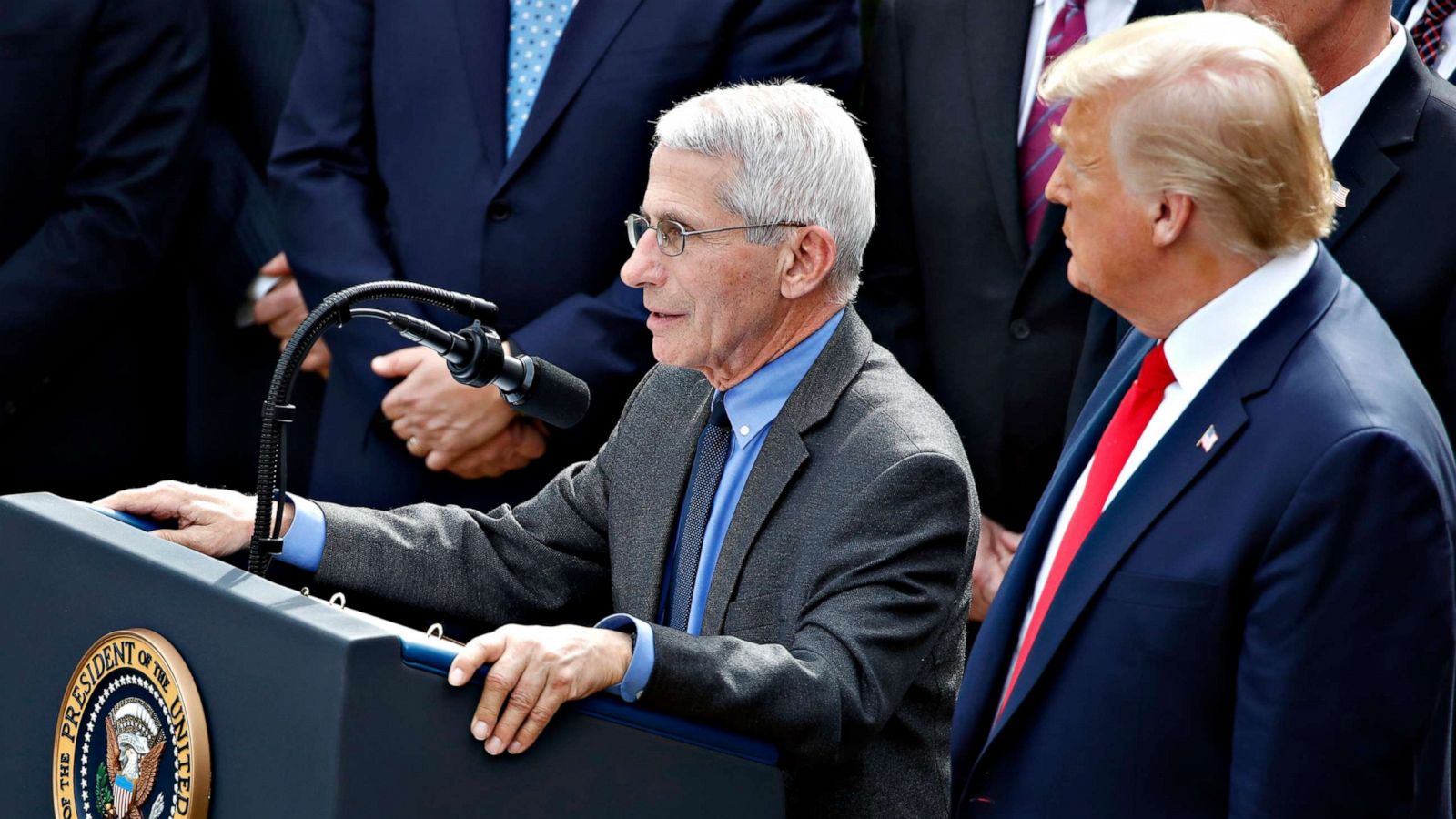about 5 to 10 per cent of their recovered patients tested positive again.
....... These incidents have raised questions about whether nucleic acid tests might not be reliable in detecting traces of the virus in some of the recovered patients. ........ the five patients from his hospital who tested positive again did not have any symptoms, and none of their family members or people in close contact with them has been infected. ...... no conclusive evidence to prove that the recovered patients who tested positive again would be infectious to others......... the patients have developed antibodies that were effective in protecting them from the nucleic acid of the virusA third of coronavirus cases may be ‘silent carriers’, classified Chinese data suggests A patient usually develops symptoms in five days, though the incubation period can be as long as three weeks in some rare cases. ........
The United States, Britain and Italy simply do not test people without symptoms
....... The approach taken by China and South Korea of testing anyone who has had close contact with a patient – regardless of whether the person has symptoms – may explain why the two Asian countries seem to have checked the spread of the virus. Hong Kong is extending testing to airport arrivals in the city, even if travellers have no symptoms. Meanwhile in most European countries and the US, where only those with symptoms are tested, the number of infections continues to rapidly rise. ......... An EU report has put the proportion of asymptomatic cases in Italy at 44 per cent ...... “Of course it is hard to say if they may be less infectious if they don’t cough. But there are also droplets when you speak,” he said, referring to how the respiratory virus is transmitted.Thousands of covert coronavirus cases go under the radar in Wuhan, Chinese-led researchers say 59 per cent of infections were asymptomatic or mild enough not to attract medical attention ........ The researchers used lab tests as the basis of their assessment rather than Chinese government data on confirmed cases because the authorities used symptomatic manifestations and abnormal lung scans to classify patients......
China’s public data of confirmed cases does not reflect asymptomatic cases.
........ the total number of infections citywide on February 18 could have exceeded 125,000. ....... Wuhan reported 38,020 confirmed cases on February 18. .......... over one-third of laboratory-confirmed cases in China were silent carriers who were either asymptomatic or presymptomatic. By February 29, authorities had recorded more than 43,000 silent carriers, who had tested positive but did not show symptoms.Coronavirus latest: more than 21,000 dead as UN warns of threat to ‘whole of humanity’
More than three billion people are living under lockdown measures
as soaring death tolls in Europe and the US underlined a United Nations warning that the coronavirus, which has now infected nearly half a million people globally, threatens all of humanity. ....... an appeal for US$2 billion to help the world’s poor. ........ “Global action and solidarity are crucial. Individual country responses are not going to be enough.” ......... Donald Trump has voiced hope the US will be “raring to go” by mid-April, but his optimism appeared to stand almost alone among world leaders. ........ Russia will halt all international flights from midnight on Friday under a government decree ........ Russia needed to be ready for an “Italian scenario” ........ “We have saved up for a rainy day. The Covid-19 pandemic is already a mighty storm, and is still growing.” ....... a strong chance the new coronavirus could return in seasonal cycles ....... the virus was beginning to take root in the southern hemisphere, where winter is on its way. ........ Spain 47,600 total cases. Its 3,434 deaths only trail Italy’s death toll as the hardest-hit countries in the world. The parliament met with fewer than 50 of its 350 members in the chamber, with the rest voting from home to reduce the risk of contagion.........Brazil’s President Jair Bolsonaro has warned of possible “chaos” and the “looting” of supermarkets if state shutdowns ordered by the governors of Sao Paulo and Rio de Janeiro aren’t ended.
....... Bolsonaro, who has repeatedly scoffed at the severity of the deadly pandemic, had previously criticised the closing of schools and businesses in Sao Paulo and Rio states, two of the country’s most populous states. .......... Germany has boosted its coronavirus test rate to 500,000 a week .......... The new borrowing of €€156 billion (US$169 billion) is equivalent to half of the country’s normal annual spending... The country, which tightened lockdown measures this week, has about 32,700 cases and more than 150 deaths.......The governor of a state in central Mexico is arguing that the poor are “immune” to the new coronavirus
........ Barbosa also appeared to be playing on an old stereotype held by some Mexicans that poor sanitation standards may have strengthened their immune systems by exposing them to bacteria or other bugs. ......... There is no scientific evidence to suggest the poor are in any way immune to the virus that is causing Covid-19 disease around the world. ....... Japan will ban entry from 21 European countries as well as Iran ........ Similar steps are in place for visitors from China, South Korea, most of Europe and the United States. ....... The Australian government scrapped a time limit on haircuts following a backlash. .......India’s government announced a 1.7 trillion rupee (US$22.6 billion) stimulus package
......... India is on a total lockdown for three weeks from Wednesday in the world’s biggest isolation effortAfter Xi’s China and Trump’s America, Modi’s India is stepping up to battle the coronavirus
A nation-wide 21-day curfew has been imposed that will affect almost 1.3 billion people.
.......... “There will be a total ban on venturing out of your homes.” ....... Panic buying of food and essential goods has ensued across India ....... given the vast number of Indians at the poverty line or below it, considerable social unrest is expected. ......... experts warn that rapid community transmission could queer the pitch very quickly and some dire exigencies have been outlined – including fatalities in the million plus. ...... His call for a regional Covid-19 effort is pertinent, given that South Asia is home to 1.8 billion people, or a fifth of the global population, but has very inadequate public health infrastructures. ......... Modi’s call for collective deliberation to deal with the pandemic has been endorsed by other leaders, and has encouraged G20 chair Saudi Arabia to convene a video summit on Thursday. .......... the United Nations Security Council is in near paralysis due to the stand-off between China and the United States over Covid-19. ........ Along with China and the US, India is one of the world’s three most populous nations and the next 21 days will be critical in determining which coronavirus scenario will play out in the world’s largest democracy. .......... almost 70 years ago, a fledgling and newly independent India was a valuable mediator in the Korean war, between Washington, Moscow and Beijing. .......... The coronavirus challenge needs the major powers to cooperate and pool their resources and expertise. Perhaps Modi can catalyse a constructive Trump-Xi pandemic dialogueCoronavirus: India’s worst-case scenario is two in 10 people infected but most cases would be mild The actual outcome depends on whether India’s transmission pattern will be similar to the grim situation in Italy and Iran ......... India is in no different a position than the US or the UK ........ for India – where people live in jam-packed cities and commute in heavily crowded public transport with little to no understanding of social distancing – having 300 million people ill, with six to eight million requiring intensive medical treatment, would strain its healthcare system. ........ the real number is significantly higher due to a lack of widespread testing ........ The railway network, India’s commuter lifeline which carries about 9 billion passengers annually, suspended all its passenger trains until the end of March. ......... “community transmission” would have occurred in India at least three weeks ago and thousands of people have since been transmitting the virus unknowingly. ........ “You have 22,500 deaths happening in India every day and they’re all imperfectly measured. Let’s say we have 1,000 more additional deaths in the country because of Covid-19. Our systems are not sensitive enough to pick that up” .......... “It is called a black swan event for a reason which you cannot prepare for. It’s out of the blue and totally unexpected” ........... the entire country’s ICU bed capacity is between 70,000 and 100,000 but if the outbreak hits the peak of its curve, those with severe infections could hit a few million within a short period. ....... “This [the outbreak] is going to test three things about us: our health system capacity; our system of governance on how much people listen to what the government is saying; and our social fabric, whether people are going to help each other or it’s a free-for-all when everything breaks out.”
Coronavirus: India’s lockdowns are a matter of life and death for its 450 million informal workers The sector makes up some 90 per cent of the country’s workforce and about half its GDP, but has no income security and only limited health care access ........... As Prime Minister Modi looks to curb the spread of the outbreak, some of these workers are facing weeks without pay, housing or food .......... On Saturday, New Delhi and Mumbai saw overcrowded railway stations and bus stops as people who had been laid off or were simply unable to find work were forced to return to their native villages, putting them at risk of infection. ........ On Saturday, Ajmal Khan, a construction worker from Uttar Pradesh, was asked not to come to work the next day. The 54-year-old, who had been living at a construction site in Noida city, was also ordered to vacate the premises. ...... “We understand what the government is doing is for our own benefit. I don’t want to get sick,” she said. “But the government should have made some arrangements before making such an announcement. Or at least given us time to prepare.” ........
the slum – which houses over 500 families – does not even have a water supply for people to regularly wash their hands.
......... “We are faced with people who have a hand-to-mouth existence with no savings and no ability to tide things over for a month or two. People can die of hunger before they catch the virus.” ......... Uttar Pradesh will provide cash transfers of 1,000 rupees ($13.50) per month to more than 3.5 million day labourers and construction workers.Bungled, chaotic White House response to coronavirus discredits Trump, but won’t stop the US winning the Covid-19 fight The US president’s apparent reluctance to use emergency powers to ramp up production of critical medical supplies and equipment puts lives at risk ....... No one knows if it’s too late to stop the worst of the tsunami-like wave to come.
By the end of March, if current rates of growth do not drop significantly, the US will have more than double China’s official total.
....... N95 masks that are essential protective equipment now cost US$7 each, up from US$4 only days ago and a mere 85 cents before the crisis began. ......... When criticism began to mount, Trump said some of these masks could simply be sanitised and reused. .... A number of US firms already make this equipment. They could be encouraged, through guaranteed government contracts, to manufacture on a truly wartime footing, 24 hours a day, seven days a week, cranking out reliable equipment with the necessary quality standards they already achieve. ......... People are dying and many more will be dying soon, all while the White House wastes precious time with a confusing array of uncoordinated crisis responses. ........ It’s a phenomenal abrogation of responsibility to just let market forces run amok in a health crisis like this.Coronavirus quarantine in India: no tests, stained toilets and broken beds force some to flee Some people have fled quarantine centres in India, complaining of inadequate facilities and the risk of getting the Covid-19 illness ...... But the Indian government says it is complying with WHO rules and improving facilities, saying old pictures are being circulated
Coronavirus News (17) https://t.co/6yWfgYc6KR #coronavirus #CoronavirusUSA #CoronaVirusInNigeria #Corona
— Paramendra Kumar Bhagat (@paramendra) March 26, 2020
Well that escalated quickly! https://t.co/cMEAvow1pq
— Mark D. VandenBerg (@super_genius) March 26, 2020
This is even more irresponsible than The Australian’s usual behaviour. https://t.co/ocpgSwf9nu
— Jeff Waugh (@jdub) March 26, 2020
"How about we consider finally decoupling your health coverage from your job?"
— Wajahat "Please Stay Home If You Can" Ali (@WajahatAli) March 26, 2020
A health insurance crisis is coming. So here’s an idea. https://t.co/HKEjJNCK1f
At a time when the world needs to be united — this is what your President is saying... https://t.co/hGrREUgtNW
— FierceWarriorNStilettos (@InactionNever) March 25, 2020
This is what the coronavirus does to the human body https://t.co/wQVUMebX1P pic.twitter.com/wO9dtWlm84
— Vala Afshar (@ValaAfshar) March 26, 2020
Trump refused to take the threat of the coronavirus seriously, now he won’t take responsibility as his administration has been totally unprepared for this crisis. pic.twitter.com/Jdh1GY9HHS
— Priorities USA (@prioritiesUSA) March 23, 2020
Coronavirus cases overwhelm New York City hospitals https://t.co/D6Ja7NRUv7
— Jeffrey Levin (@jilevin) March 26, 2020
